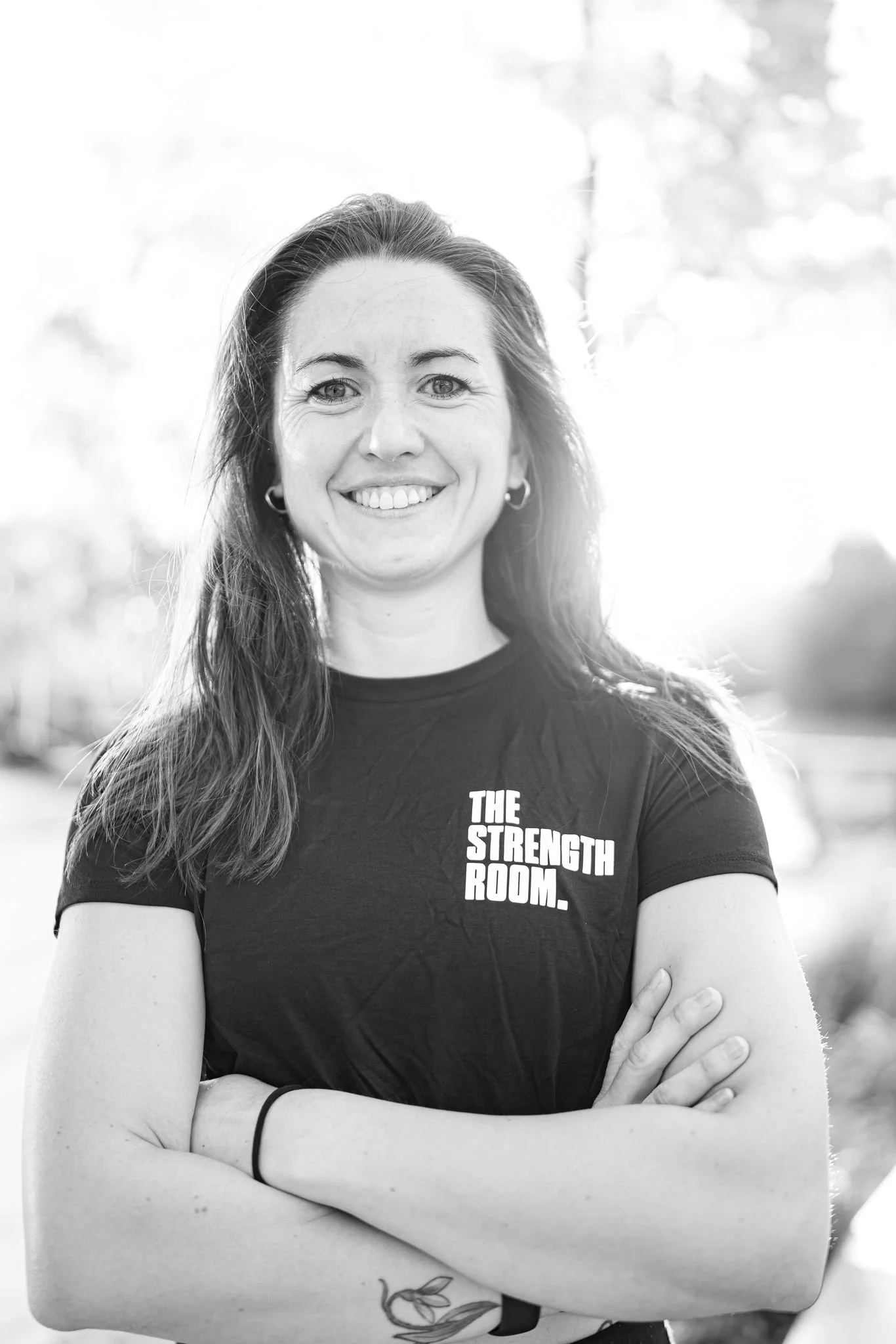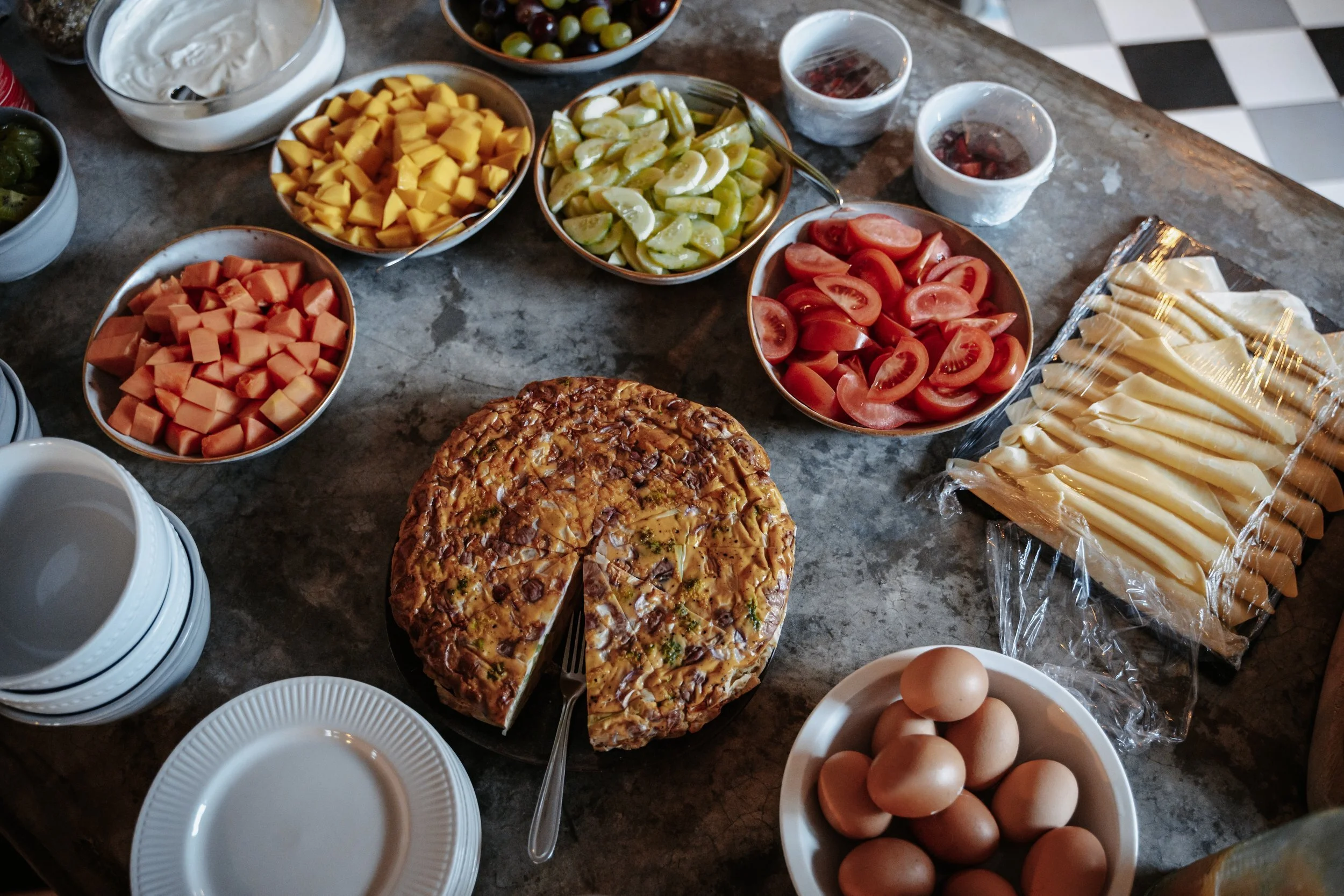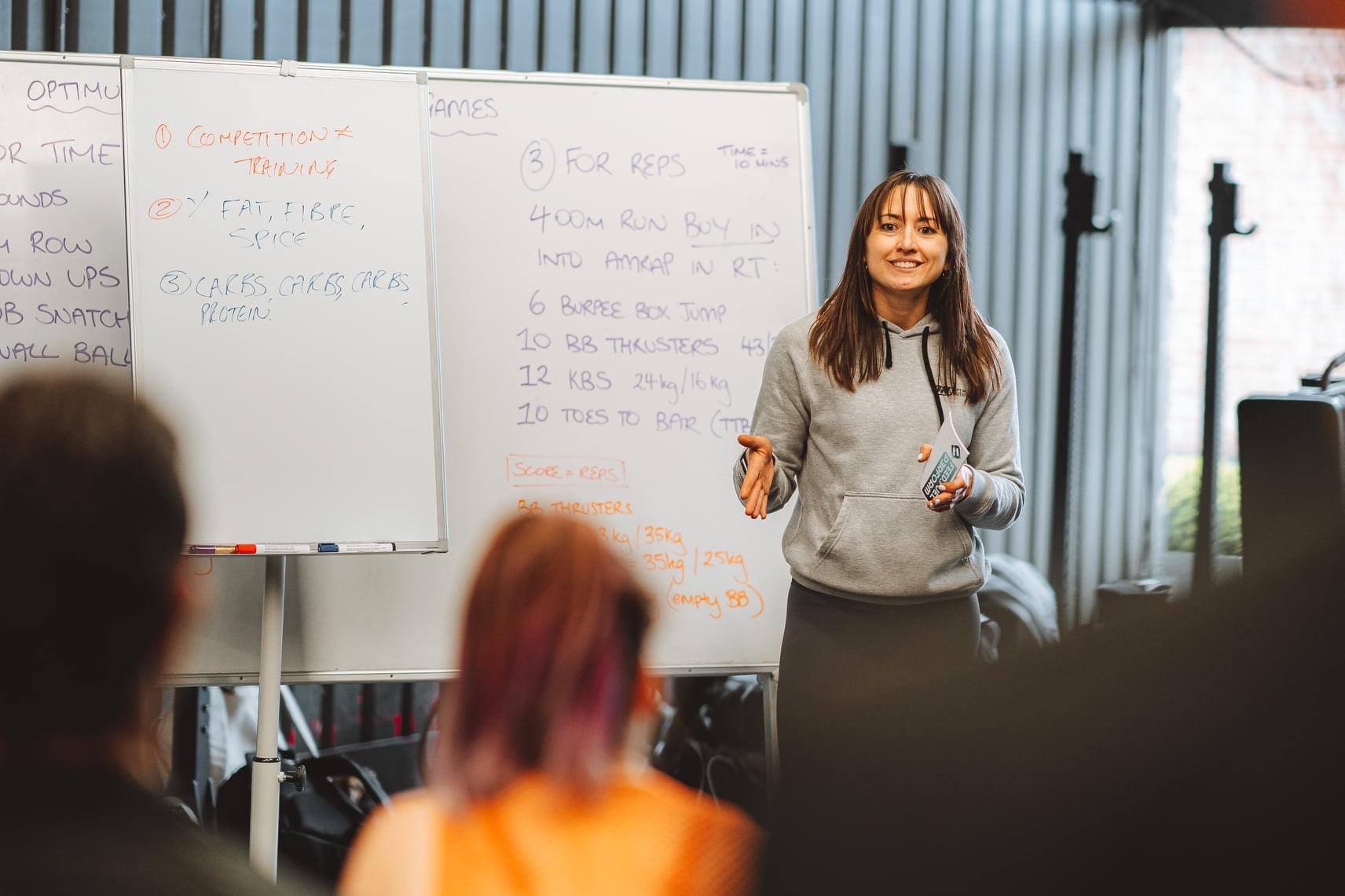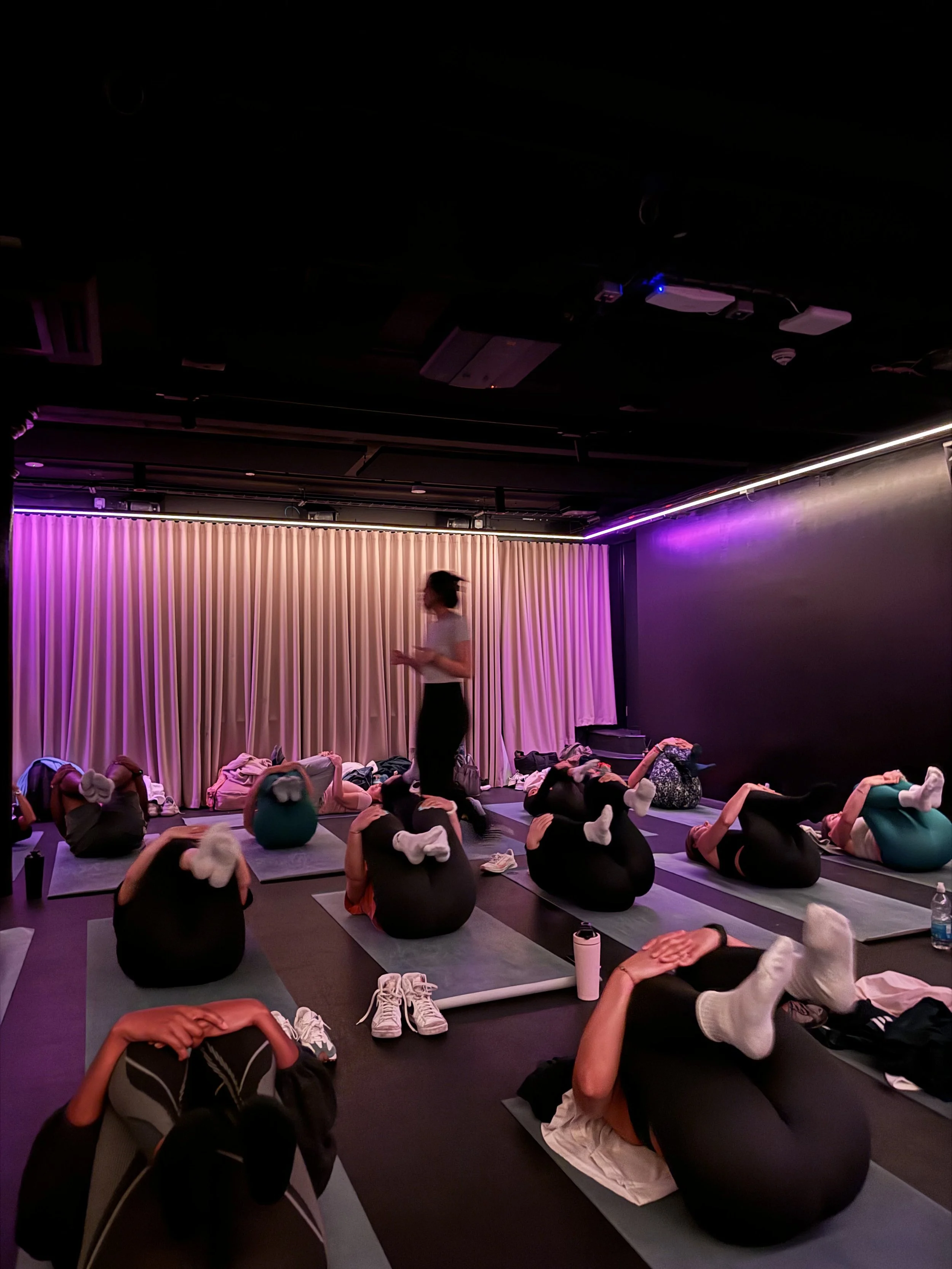Eat Well, Move More: How To Fuel An Active Retreat
One of the most frequent questions we get asked about our retreats is: ‘what will the food be like?’
Food plays such a fundamental role in our retreats, not only because it quite literally fuels the week, but also because there’s an abundance of fresh, local food in each location that we love to introduce to our guests.
From Summer 2025, we’ll be elevating the nutrition offering at our retreats, as we partner with Nutritionist and Physiologist, Sinead Roberts.
Working in elite sports, predominantly in weightlifting, Sinead’s primary goal with anyone she works with is one thing: how do you make your energetic system work with your musculoskeletal system in order to perform? Put simply – how do we produce the energy we need via the food we eat, and then optimise it for the sport we do?
Using her expertise that she applies in her elite sports work, Sinead will be working with More Life Adventures to implement the best practices around fuelling, training and recovery whilst on a retreat, as well as – and importantly – enjoying all the food that Europe has to offer.
In this article, we get to know Sinead – what she wants you to know about fuelling your body, why retreats are the perfect time to optimise (and enjoy) your nutrition, and the simple truths she wishes more people understood about healthy eating.
What’s a common myth that you hear regarding nutrition?
That there is a single definition of healthy eating. That’s not the case, because it’s completely context and person dependent. For example, take someone who works out at least twice a day, and who also has a cognitively demanding job – if someone tells them to only eat whole foods and limit their refined sugars as well as eat no ultra-processed foods, it could easily lead to gut issues and low energy availability. Their energy requirements are so high, so they cannot simply eat salads and whole grains to meet their energy requirements; it could cause so many gut issues if they did.
Another thing, which is less a myth but more something I frequently see, is how statements about nutrition are so often misinterpreted. Things like ‘we should all eat more plants’ – this does not mean a plant-only diet is the healthiest diet. As well as ‘we shouldn’t eat ultra-processed foods’ is not the same as saying we shouldn’t eat only ultra-processed foods. There are lots of extreme statements but it doesn’t need to be that way, we can easily find a middle ground.
What role does food play in overall wellbeing, beyond just fuelling workouts?
Food is about so much more than fuelling workouts, because we literally are what we eat. Every part of us has been built from something that we’ve eaten at some point in time. And the energy that we use to do everything, from training, walking, sleeping, thinking, and even doom scrolling social media – the energy to do all of this comes from food.
Humans are wonderful; we’re very robust and can do a lot with the energy we give to our body. But there are ways that we can optimise our body and our output, simply through the food we eat, and it comes down to some simple principles:
Eat a diet that contains appropriate amounts of protein, carbohydrates and fat
Make sure you’re drinking plenty of water and hitting your fibre intake (for most adults, roughly 30 grams per day is considered more than enough)
Don’t stress too much about it
Remember that you absolutely NEED carbohydrates to access your fastest energy systems
What makes nutrition during a retreat different from day-to-day life?
Nutrition whilst you’re on a retreat, or on holiday in general, shouldn’t be too different. The only main thing that is different is your routine. Whilst on a retreat, you have an opportunity to be way more active in the day, so you absolutely need more carbohydrates to support this. Nothing fundamentally changes about your needs if your activity levels are similar, but you do need to ensure you’re taking on more fuel if you’re exerting more energy. There can sometimes be an association between retreats and restrictions, but that’s categorically not the case. If you’re moving more, you need to fuel more.
Retreats are also such a great opportunity to get different foods in, both from an enjoyment perspective but also to feed your gut and body with a variety of micronutrients.
Also, just enjoy a week without having to do a weekly shop to hit your nutritional needs!
What might a typical day of meals look like on retreat?
Each day will be different, as the meals will be dependent on the level of activity. For example, if there’s a workout planned for first thing in the morning, then I’d suggest nothing heavy but definitely have some carbs to fuel the training. It’s a busy week full of activities so you don’t want to be behind at the start of the day by training fasted – you will likely crash and burn.
A great pre-workout morning bite could be some toast, dried fruit, a small bowl of cereal, or a cereal bar. Whatever it is, make sure it’s carbohydrate based.
When it comes to breakfast, either after a morning training session or a slower start, it’s all about a balanced meal, so protein, carbohydrates, fruit and vegetables, as well as some fats. Portion size is completely individual based on personal preference. But again, if you’ve trained or you’ll be training after, make sure you add more carbohydrates.
Throughout the day, I highly recommend people snack. There can be noise around not eating between meals, but there is no evidence to show this is beneficial. Not snacking might work for some people, but if you are cognitively or physically active, you need to top-up your energy stores in between meals.
Lastly, I’ll always encourage people to try new things – retreats overseas are a great opportunity to have local, seasonal food which will be the most flavourful and most nutrient-rich because it’s been grown, matured and developed naturally.
How do you balance enjoyment and performance when planning meals for a retreat?
There is no right balance, because it’s all about what is right for you. You don’t have to be on one side, it’s not an either or – you can simultaneously enjoy food and eat to perform. That said, you don’t even have to care about performance, you can just want to eat food and enjoy it for what it is. My only tip is just don’t eat something that will make you feel ill before an activity.
It’s ultimately about knowing what you want and accepting the consequences. Every choice that we make has some sort of trade off. So if you want an indulgent time when you’re away, that will come with a trade off, meaning you might not feel as fresh by the end of the trip. But if you accept that before doing it, and make sure you know both sides of the equation, then you simply have to accept the trade off. Ask yourself how you want to feel, as unfortunately we can’t always have it all.
How do you go about planning meals for a group with different needs?
When there’s so many different requirements, and a variety of restaurants that will be visited, I’ll highlight how people can cater to each need. For example, I’ll highlight which dishes are high protein, which are plant based, which ones some people might be intolerant to, and make recommendations for some great fat-based additions. Effectively I’ll give people the tools so they can make informed choices about what they need.
If the meals are cooked by a private chef as opposed to in a restaurant, I always suggest making the meals modular. So rather than cooking a lasagne, as an example, where the whole meal is in one dish, I like to separate protein, carbohydrates, vegetables and fats so that people can build their plates in the way they need and want.
How do you ensure meals help with recovery after hiking or training?
Always think about getting in some variety. So different colours, different micronutrients, some protein, and of course some carbohydrates. If oily fish is available, then omega 3s are really good for recovery. Ultimately, the first principle for recovery is making sure you’re eating enough.
A good way to know you’re eating enough is to add a bit more and see how you feel. If you feel better over the course of 1-2 weeks, then it’s likely that you weren’t eating enough before.
Can you share one or two of your favourite go-to meals or snacks for fuelling an active day?
This is an easy one – you can’t beat a bowl of porridge to fuel an active day. As for snacks, anything that you can take with you on the go, so bananas, dried fruit or bagels. The quick release carbs are great for instant fuel.
Remember that carbs are for fuelling and protein is for building your muscles. Protein is a terrible energy source which is why I don’t recommend protein as a fuel source; use it in your recovery meals instead.
What’s one small change people can make in their own kitchen to eat more like we do on retreat?
Very simple – add extra fruit and vegetables to your supermarket shop. Pick up one or two things that you don’t normally buy and incorporate them into your meals.
What made you want to become a Nutritionist?
My main interest has always been physiology, and nutrition is a natural tool that sits alongside it, because it helps people’s bodies do what they want to do.
What excites you about working with More Life Adventures?
I love the outlook of bringing people together and being the best version of you, whatever that looks like. And sharing that version of you with others through activity and through food, because food is so much more than fuel – sharing food with others is one of the most open and welcoming things we can do to really enjoy life.
Ready to put this into practice?
Join us on one of our upcoming fitness retreats in Madeira and experience how movement, food, and nature come together to help you feel your best.











